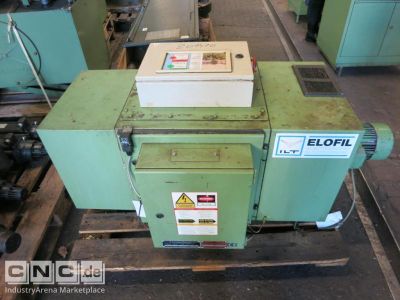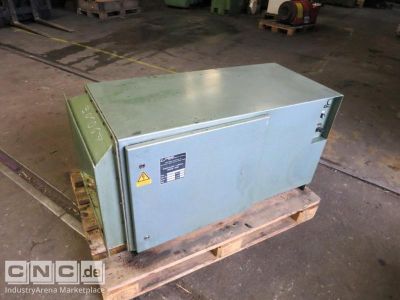Mercado de máquinas e instalaciones usadas
Máquinas usadas Fume Extraction Fans & Scrubbers
A smoke evacuation system is a device installed in buildings, especially large public buildings such as high-rise office buildings, shopping malls, hotels and public facilities, to remove smoke and heat from the building in the event of a fire. The goal is to minimize smoke exposure to emergency responders so they can reach and extinguish the source of the fire and to allow people to quickly and safely escape the building. A typical smoke evacuation system consists of smoke vents in the ceiling, wall or window, and a ventilation system that moves smoke out of the building. These systems often operate with automatic fire detectors and control systems that activate the smoke evacuation system when a fire is detected. An exhaust air scrubber, on the other hand, is a special type of air purification system used to remove gaseous pollutants from the exhaust air of industrial processes. Exhaust air scrubbers work by washing the exhaust air with an aqueous solution that absorbs or chemically breaks down the pollutants. The exhaust air is passed through the exhaust air scrubber, which usually consists of a housing containing a spray head that sprays the aqueous solution onto the exhaust air in fine droplets. Pollutants in the exhaust air are absorbed by the droplets or chemically degraded and removed from the system. Exhaust air scrubbers are often used in the chemical and pharmaceutical industries, semiconductor manufacturing, waste treatment, and power plant exhaust gas cleaning. The advantages of exhaust air scrubbers are their high effectiveness in removing gaseous pollutants and their versatility, as they can be used for a wide range of pollutants and processes. In summary, fume extraction systems and exhaust air scrubbers have different applications and modes of operation, but both contribute to improving air quality and play an important role in the safety and health of people and the environment.

|


|











